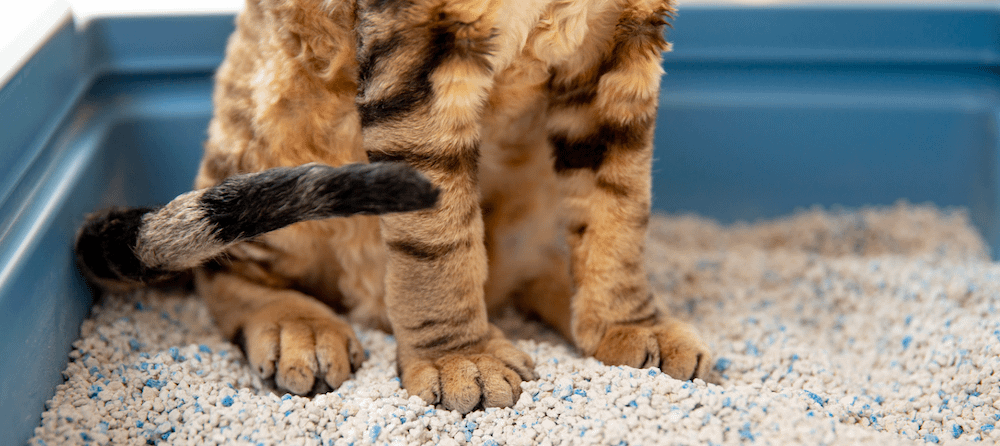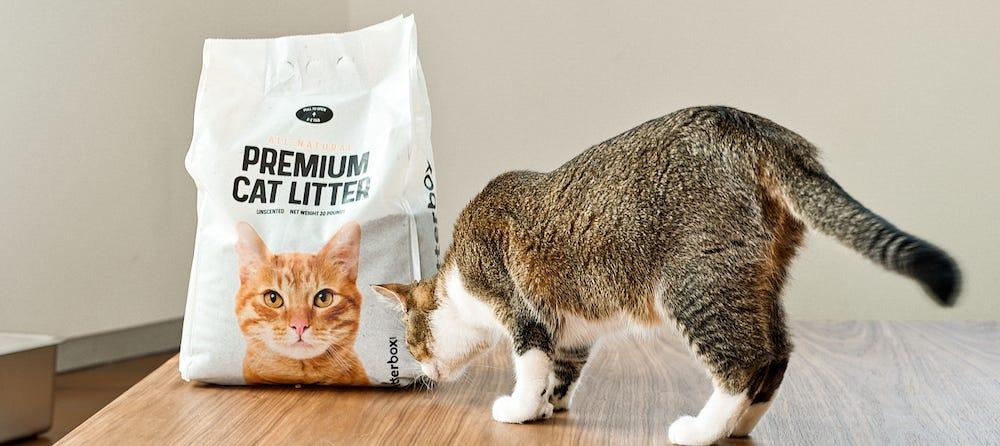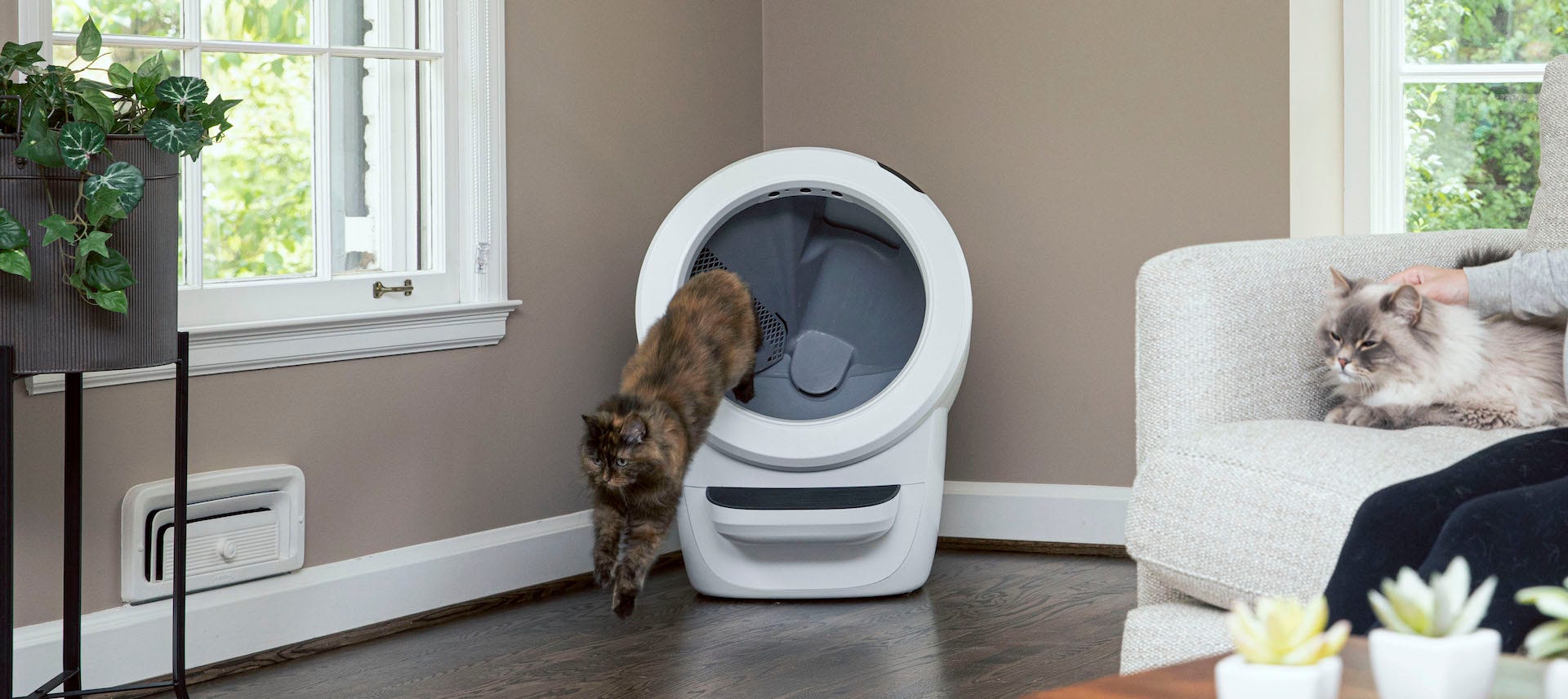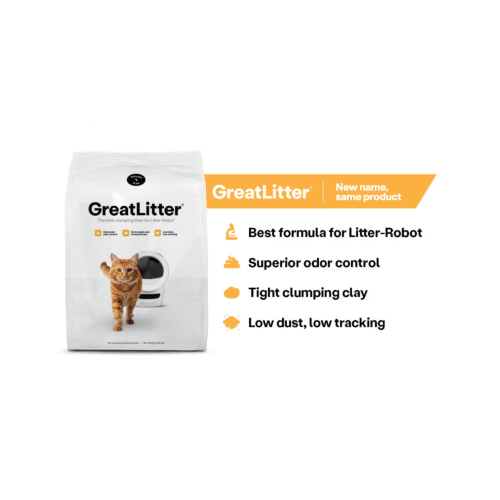All animals have instinctual behaviors, and that includes your domesticated cat. Once upon a time, the ancestors of your cat successfully lived on their own in the wild. They could hide from predators, catch prey, and find food to live and reproduce. And you might be surprised to hear that the simple act of using a litter box is actually—yep, you guessed it—instinctual.
How do cats know to use a litter box?
As they evolved, cats learned to hide their waste to mask their scent and avoid predators.
You can think of it as survival of the fittest: the idea that the individual best equipped to achieve their goals through speed, strength, and intelligence will succeed. That individual might win food, shelter, or whatever it requires to reproduce more. Those offspring will inherit and, in turn, pass those successful traits to the next generations.
This leads to the idea of instinct—that somewhere, ingrained in their DNA, cats possess traits that once helped their ancestors survive in the wild.
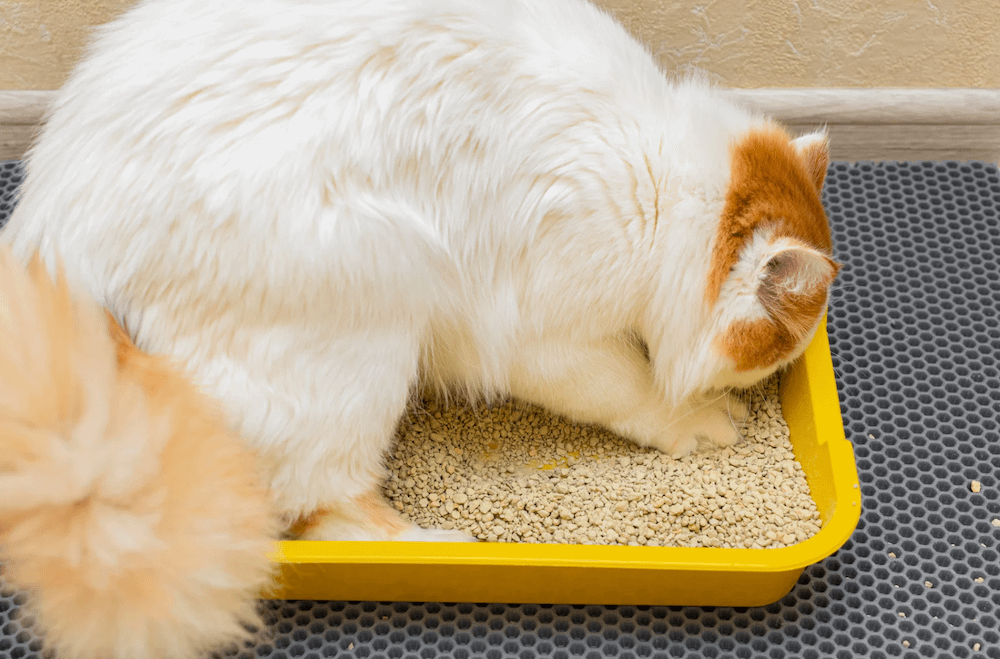
Covering their tracks
Ancestral cats were desert creatures, spreading from the Fertile Crescent of West Asia into North Africa. To avoid being eaten or attacked by predators, these wildcats had to cover up their tracks. The ones who had higher fitness, or who were more likely to survive and reproduce, knew that they needed to hide their waste to mask their scent. The smarter cats gravitated toward soft dirt or sand since their granular consistency made it easier to bury their waste. This is why cats are naturally attracted to the feel of cat litter and know what to do once they feel it beneath their paws.
Research shows that in a group of feral cats, the dominant cat leaves its waste uncovered to mark its territory. The subordinate cats then cover their waste as an act of submission. This may be the reason why, in a multiple-cat household, the dominant cat may leave their waste unburied in the litter box.

Why do cats need litter boxes?
Cats need litter boxes due to their instincts to bury their waste. For better or worse, indoor cats need indoor bathrooms. Would life be easier if you could just let your cat outside like a dog? That’s debatable, but most of us certainly wouldn’t miss scooping the litter box.
If you have outdoor cats, you’ve probably noticed that, unlike dogs, they don’t leave droppings uncovered around the yard (unless they’re marking their territory). Instead, cats dig around in the flower bed—or worse, your child’s sandbox—and cover their waste afterward.
Indoor cats should be provided with an adequate number of litter boxes. Comfort is also an important consideration, particularly for large cats and senior cats.
Even if your cat is an indoor-outdoor pet, you need to provide a clean litter box for the times the cat spends indoors. Not giving your cat access to an appropriate place to go to the bathroom will most likely result in a house that smells like cat urine, or your cat developing urgent health issues from holding their urine.
Indoor cats don’t have limitless access to gardens and sandboxes, which means their litter box is going to fill up quickly. Providing them with a clean space to go to the bathroom is essential for health and hygiene. You should scoop the litter box daily or try a self-cleaning litter box that automatically separates the waste from the clean litter. For more tips check out our full litter box guide.
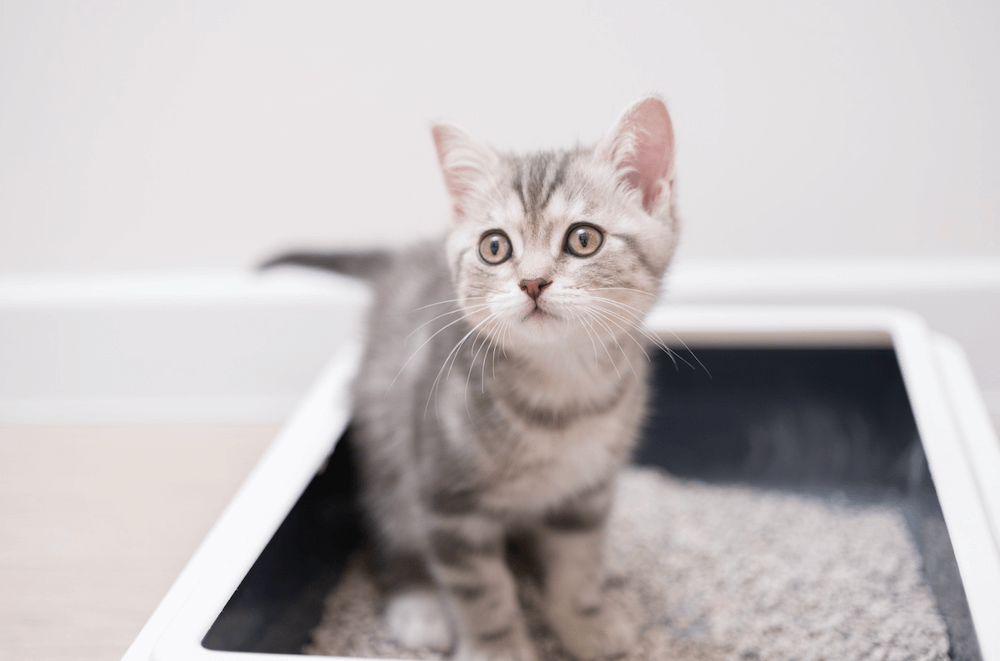
Do kittens need to be trained to use a litter box?
In most cases, no. For kittens, instinct urges them to bury their waste in a sandy patch. In fact, it's so instinctual that mother cats rarely need to teach their kittens how to use a litter box. By about four weeks old, kittens will begin to do their business in the sand without ever observing their mother doing so.
As long as you present the clean litter box in an open, familiar area, most kittens will learn to use the box with little-to-no instruction. However, some kittens still need a little encouragement when it comes to litter box training.
The type of cat litter matters
Outdoor cats favor any surface that’s easy to dig, but indoor cats tend to be particular about their litter box—including the type of cat litter used. Research shows that cats prefer clay-clumping litter and silica gel litter over wood pellets. This could be due to the difficulty in burying waste with pellets, whereas clay and silica litters resemble the dirt and sand that cats are instinctively drawn to.
Always provide access to a litter box
While cats may not agree on their preferred litter type or even the style of litter box, most cats would agree that having a litter box is not optional. In addition to fulfilling their instinctual need to dig and cover, having consistent access to a clean litter box is an essential part of providing cats with their basic necessities to be happy and healthy. If routinely scooping 1-2 times daily is daunting, consider investing in an automatic, self-cleaning litter box like Litter Robot 4.
Sources:
